Case 17 The Whisk
Introduction
A whisk is a common kitchen tool that quickly and efficiently breaks up eggs and makes them fluffy and homogeneous. In this lesson, we will learn together how to make a fun whisk using the Nezha Inventor's Kit V2.
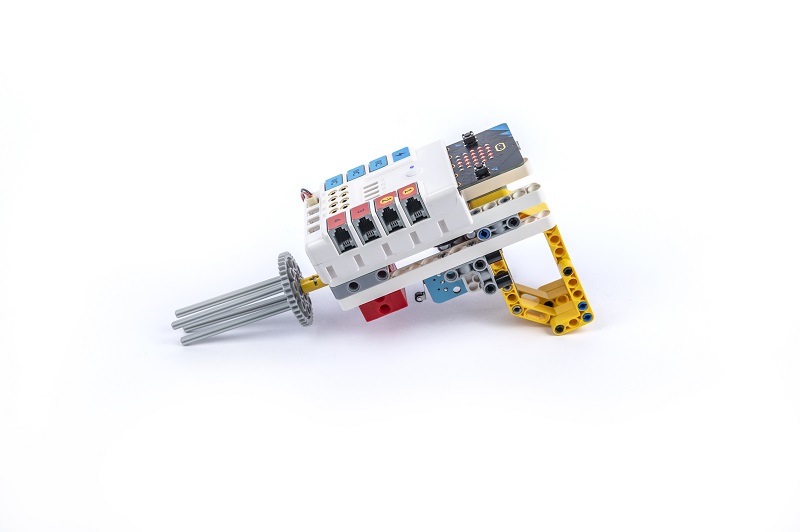
Teaching Objectives
- Learn about the basic principles and applications of egg beaters.
- Learn how to use the Nezha Inventor's Kit V2 to create an automatically rotating whisk.
- Design and build suitable mechanical structures to support the movement of the egg beater.
- Develop teamwork, problem solving and creative thinking skills.
Teaching Preparations
Teaching Process
Introduce
Introduce students to the background and objectives of egg beater making to stimulate their interest and curiosity.
You must all have seen a whisk before! It is a tool used to mix ingredients and is especially useful when making cakes, pastry and other foods. Do you know how a whisk works? In today's lesson, we will explore the principle of a whisk together and make a whisk that rotates automatically using the Nezha Inventor's Kit V2.
Exploration
Discuss in groups and ask students to think about how to make a whisk out of the building block materials.
- How does the whisk make the egg mixture fluffy and even?
- By what means do you think the whisk is rotated?
Practice
Work in groups to create an egg beater from building blocks according to your own design.
Build an egg beater from blocks according to your own design.
Examples
Assembly Steps
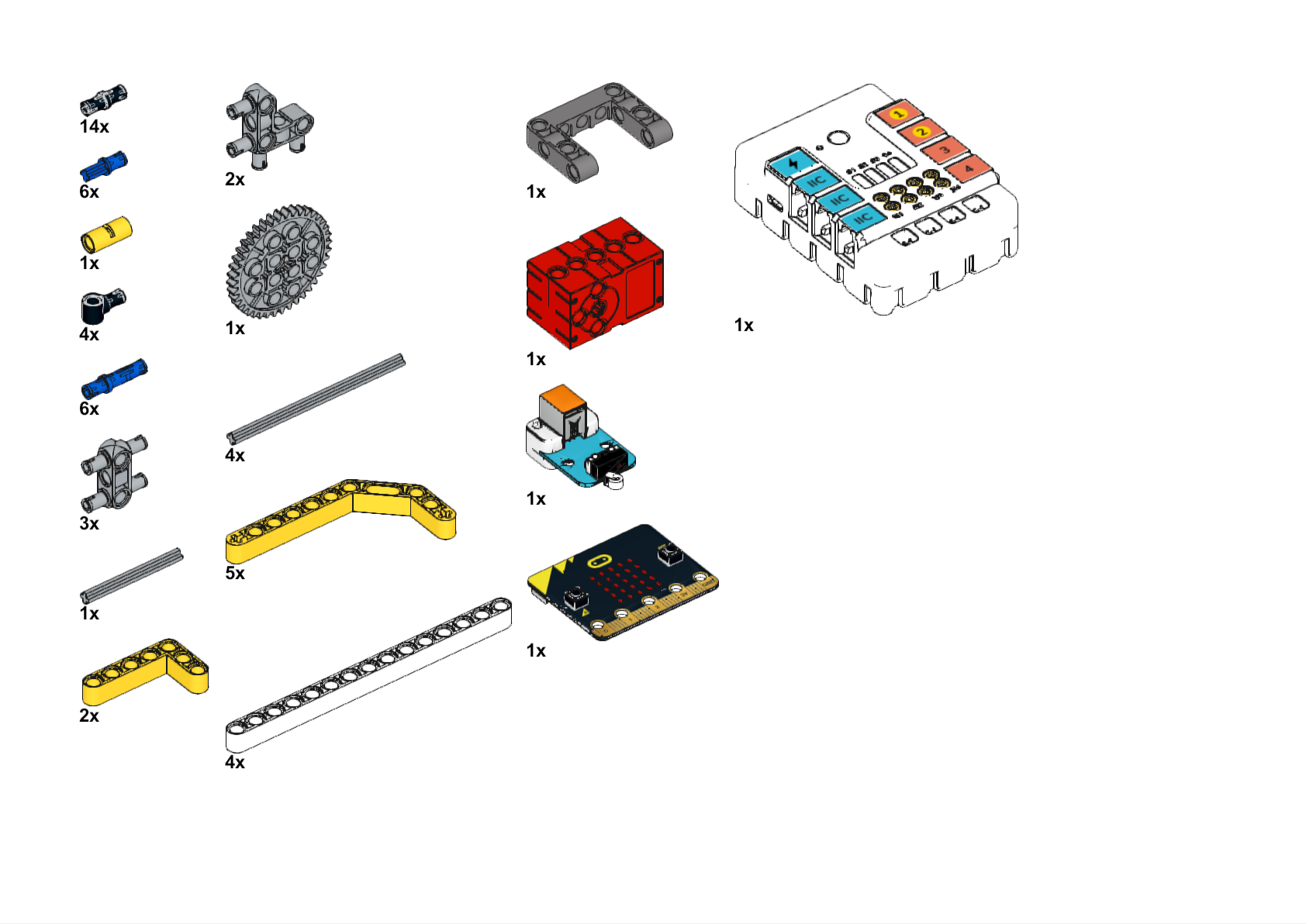
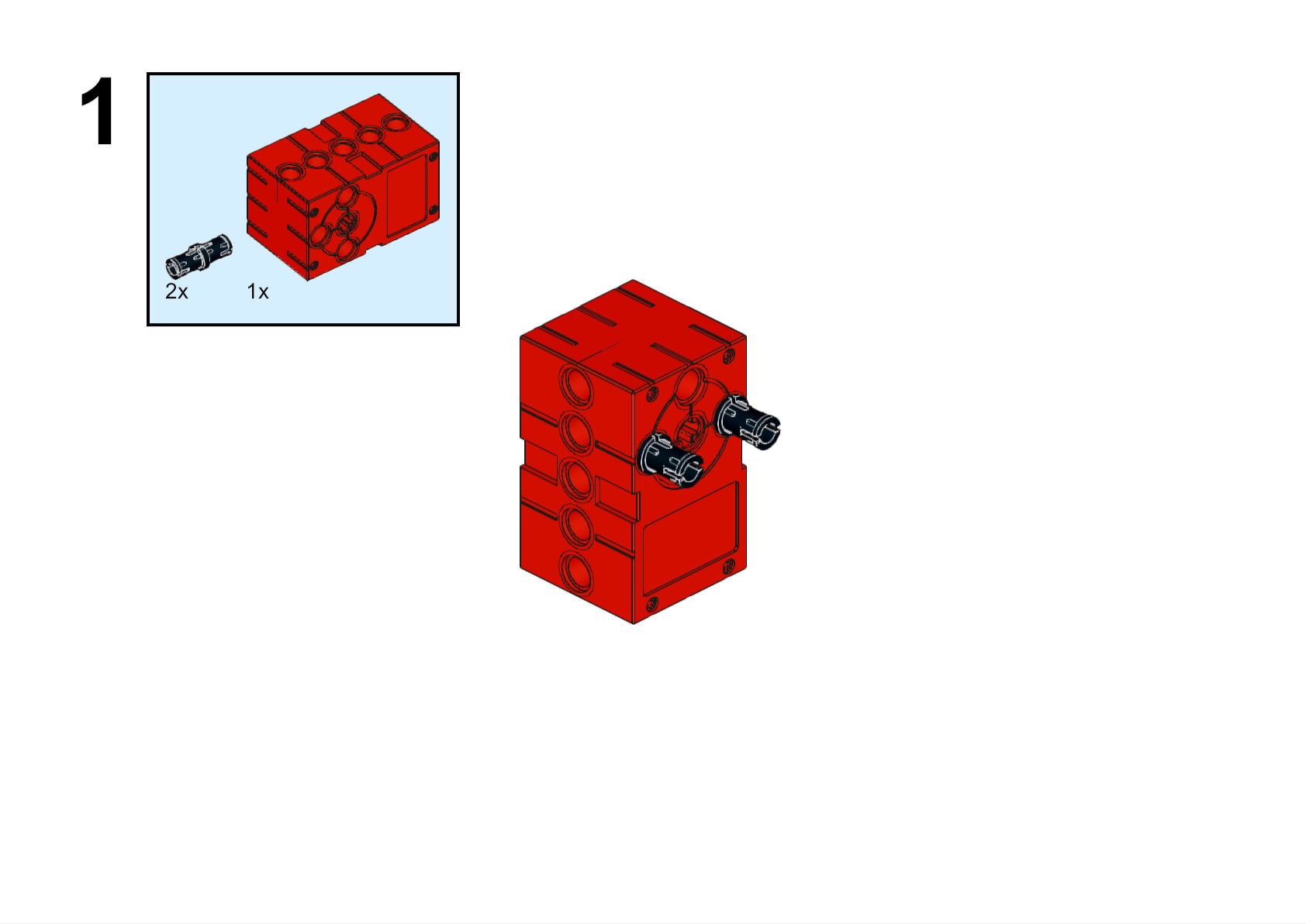
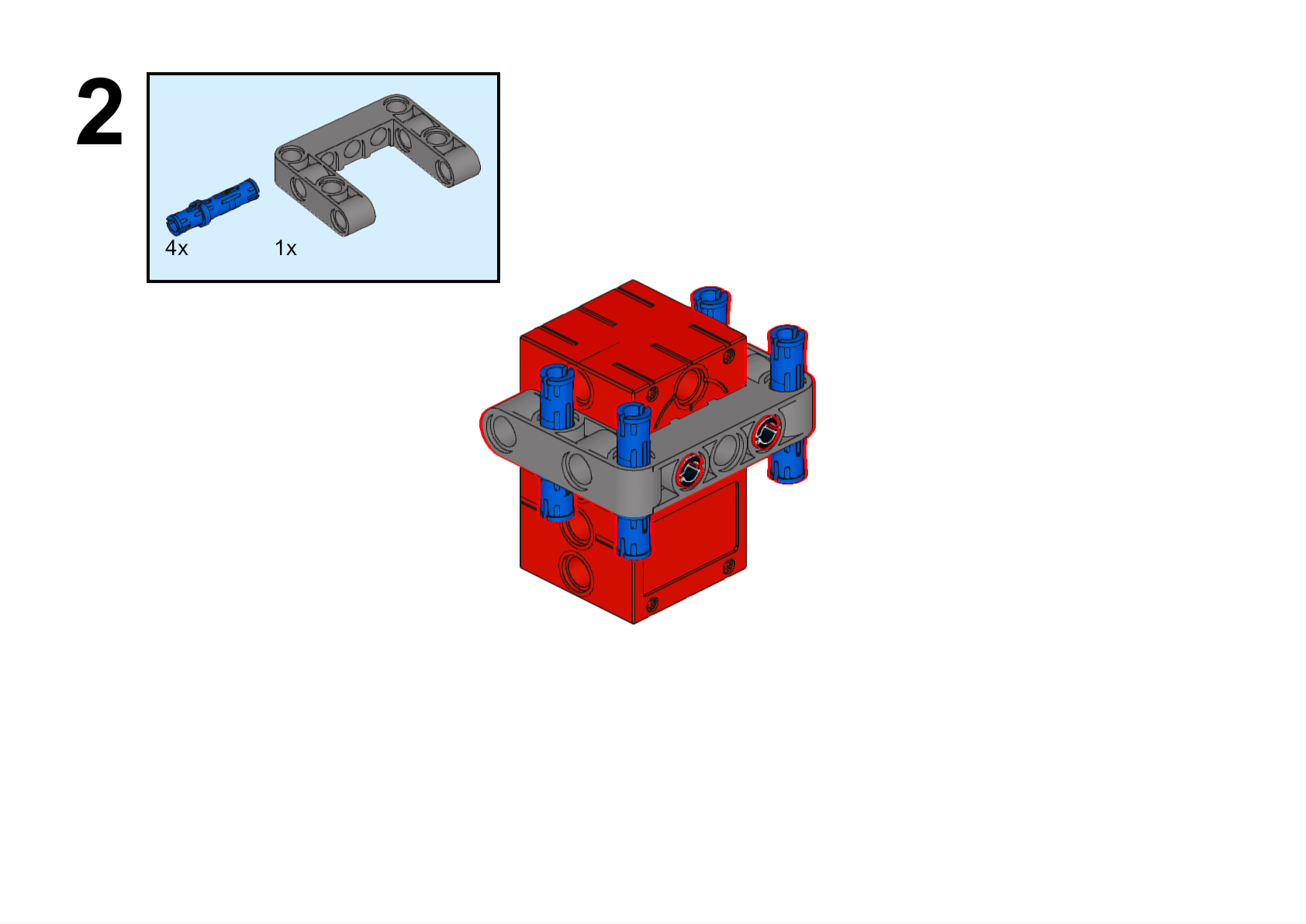
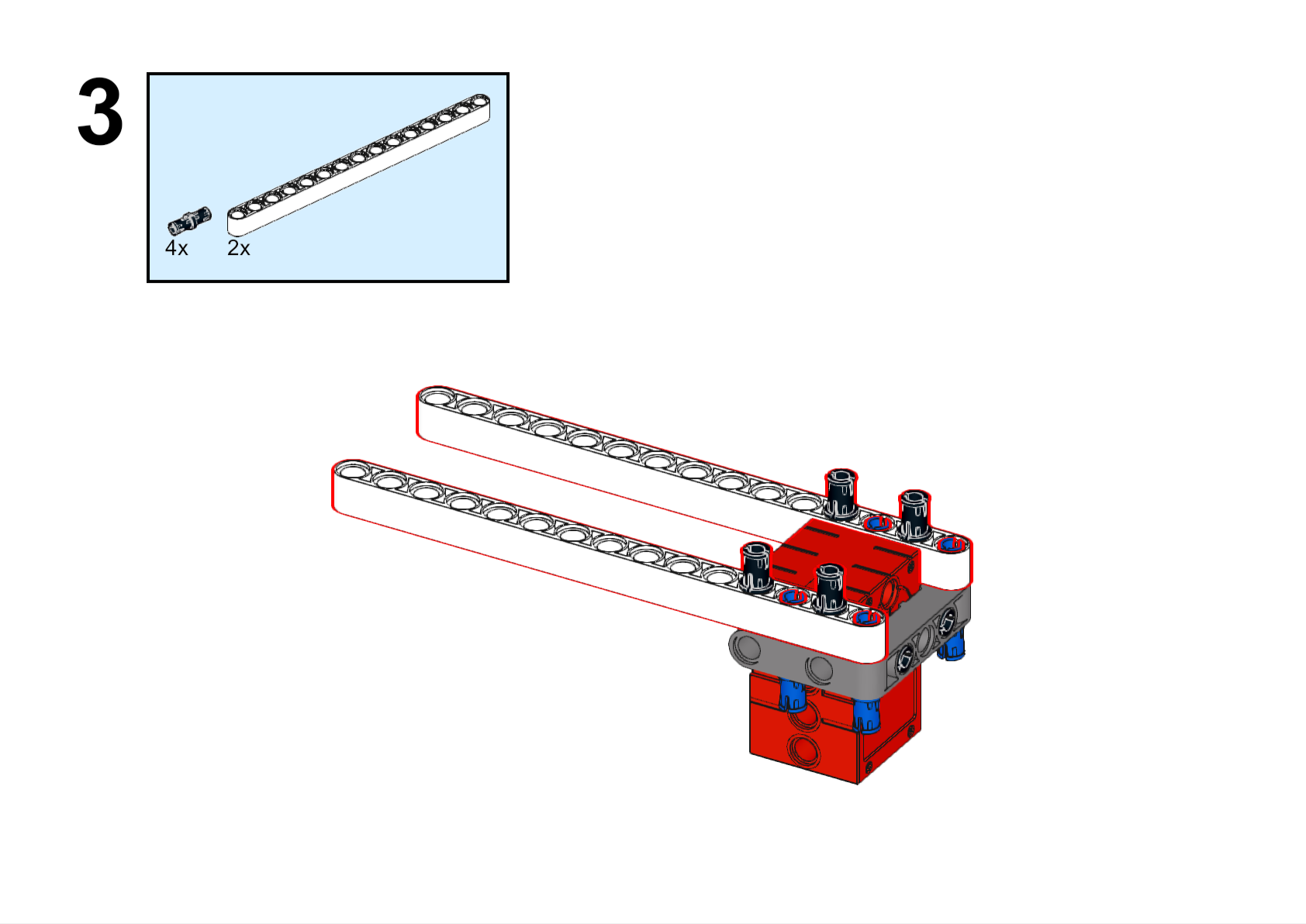
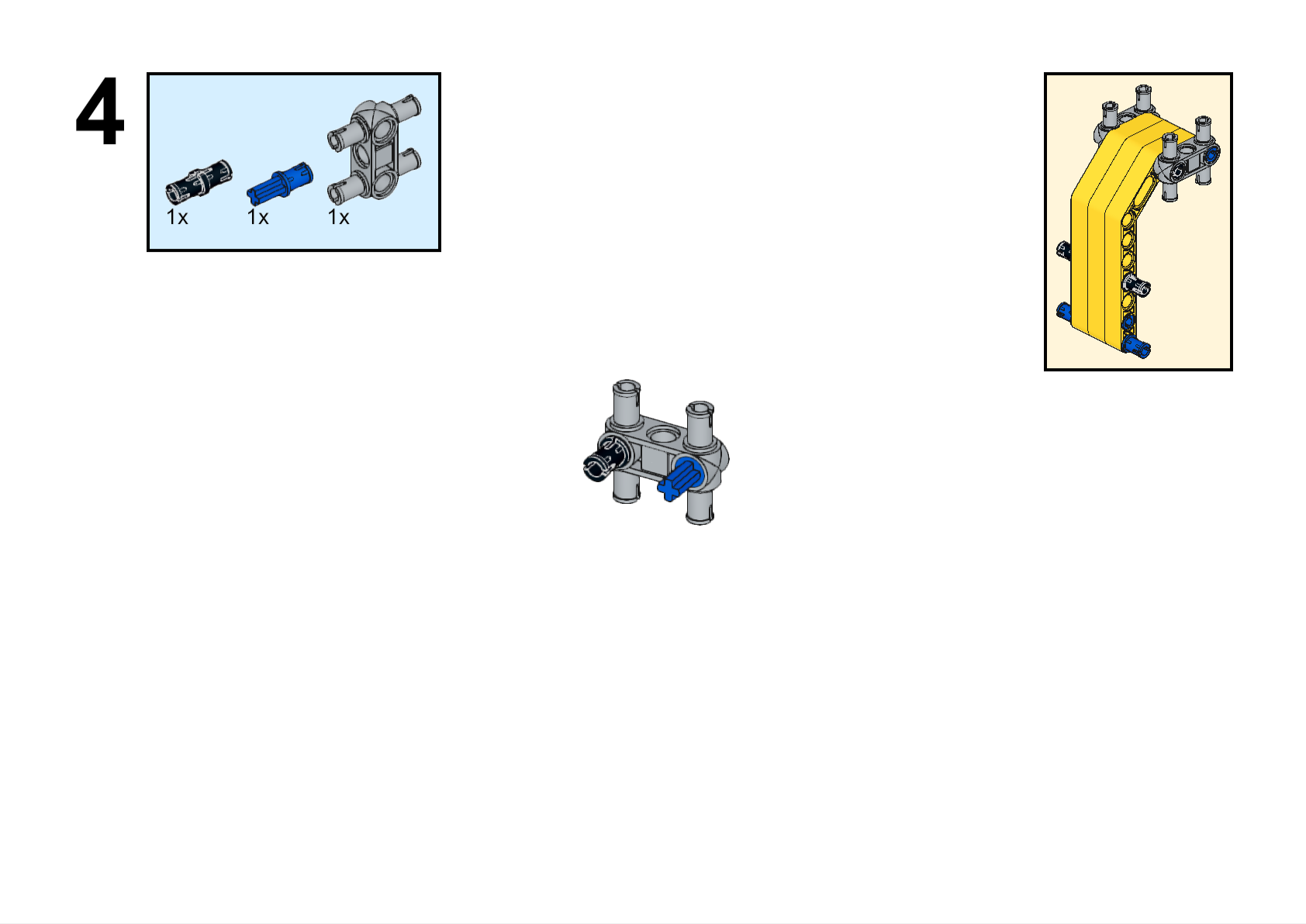
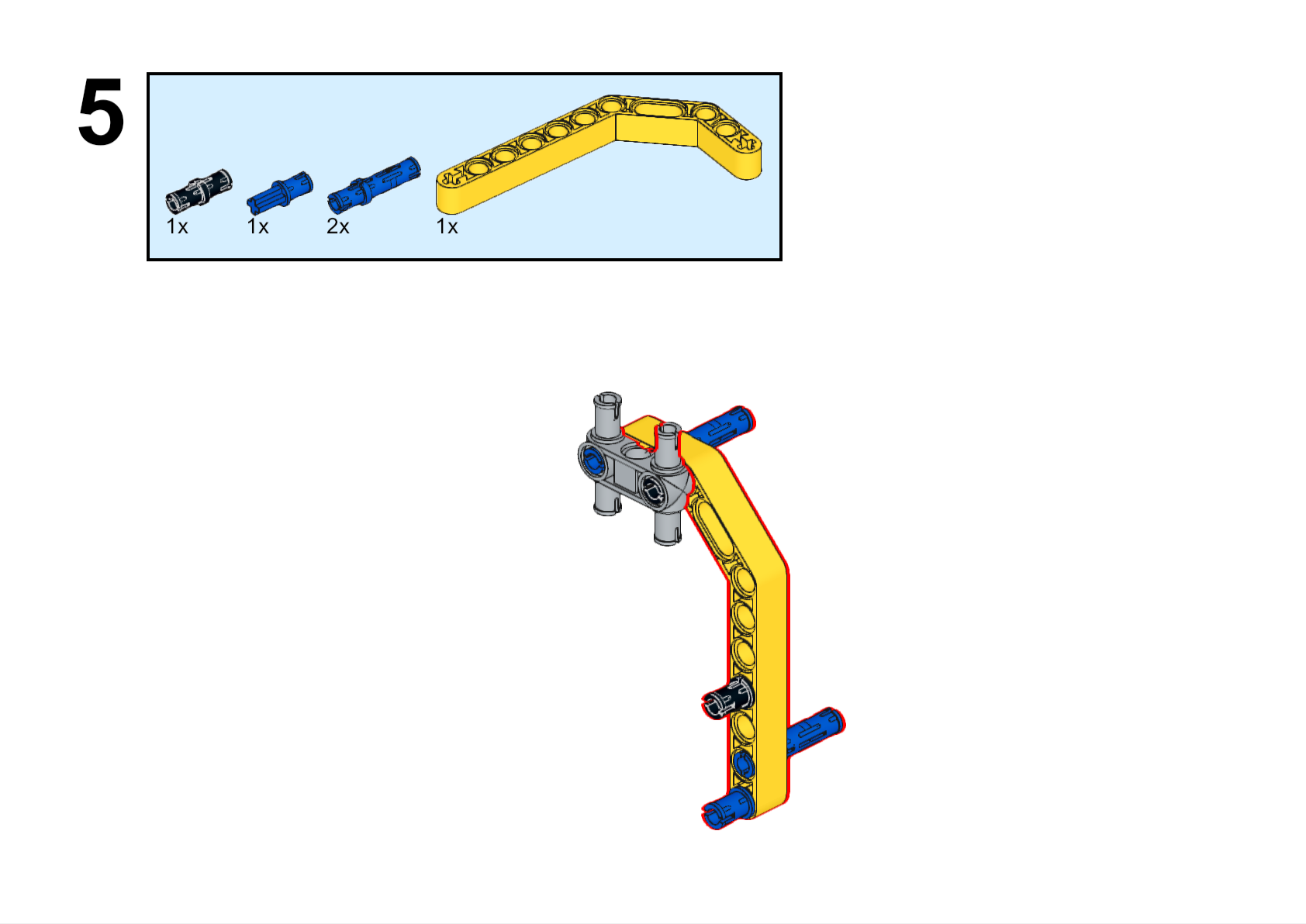
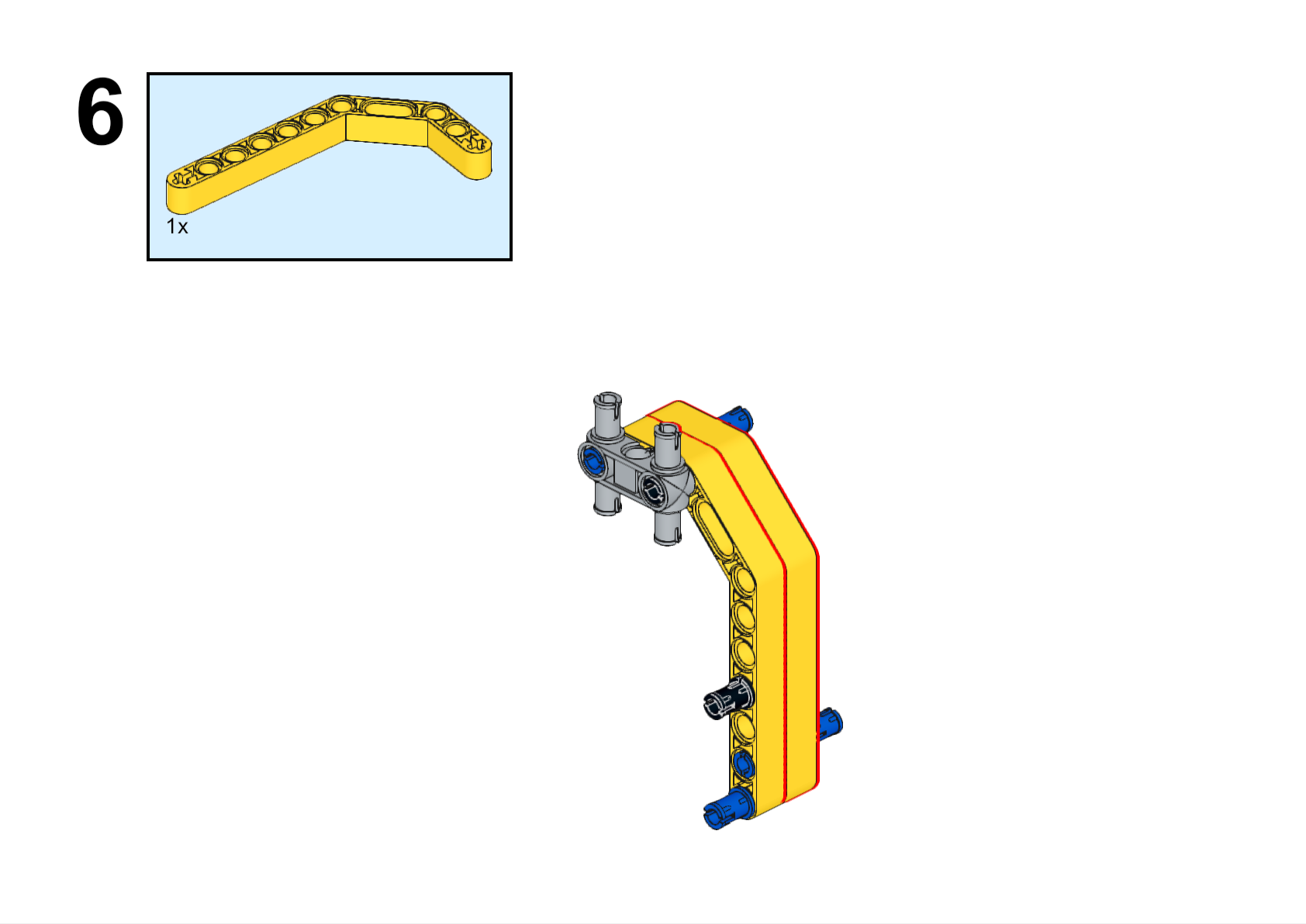
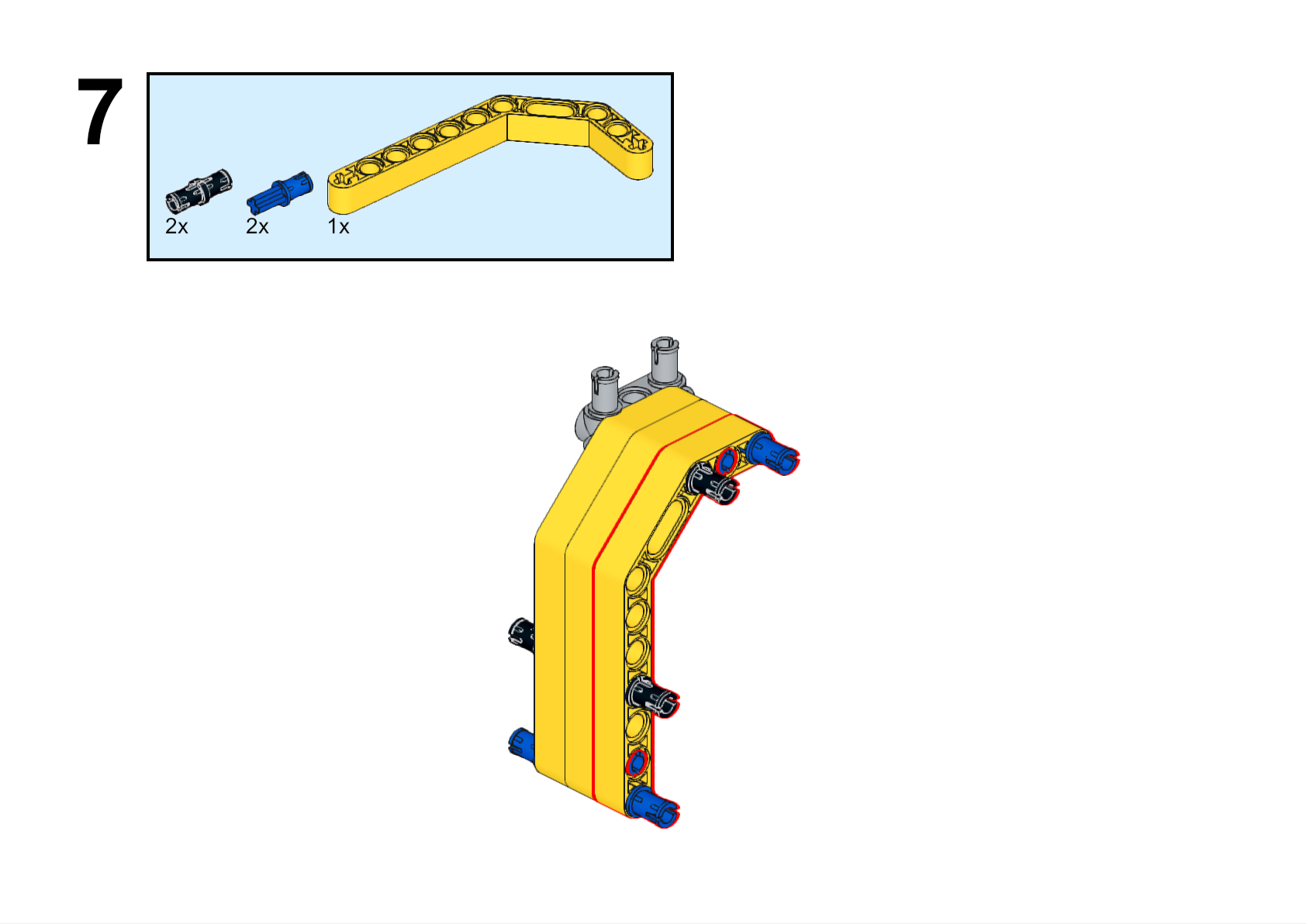
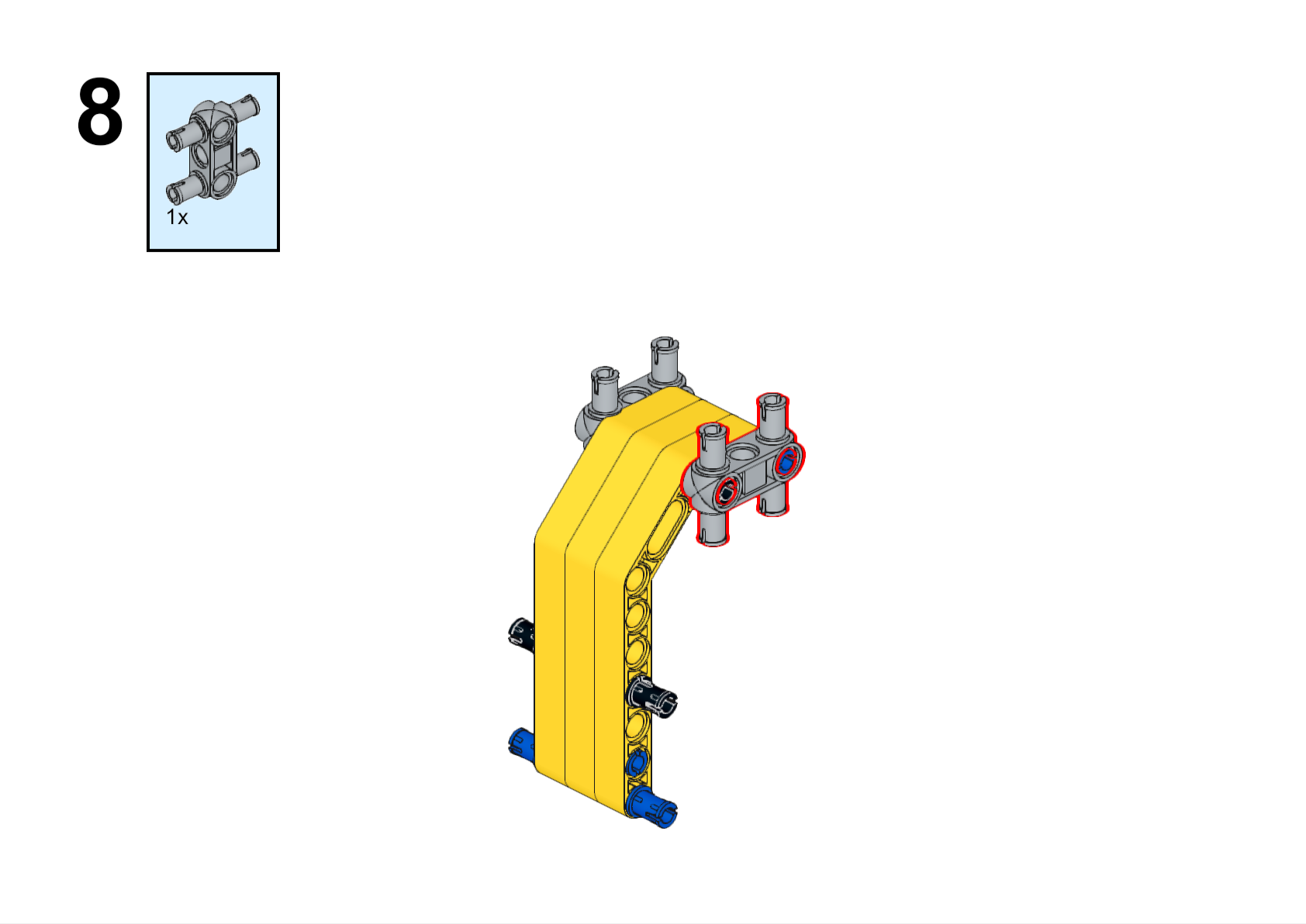
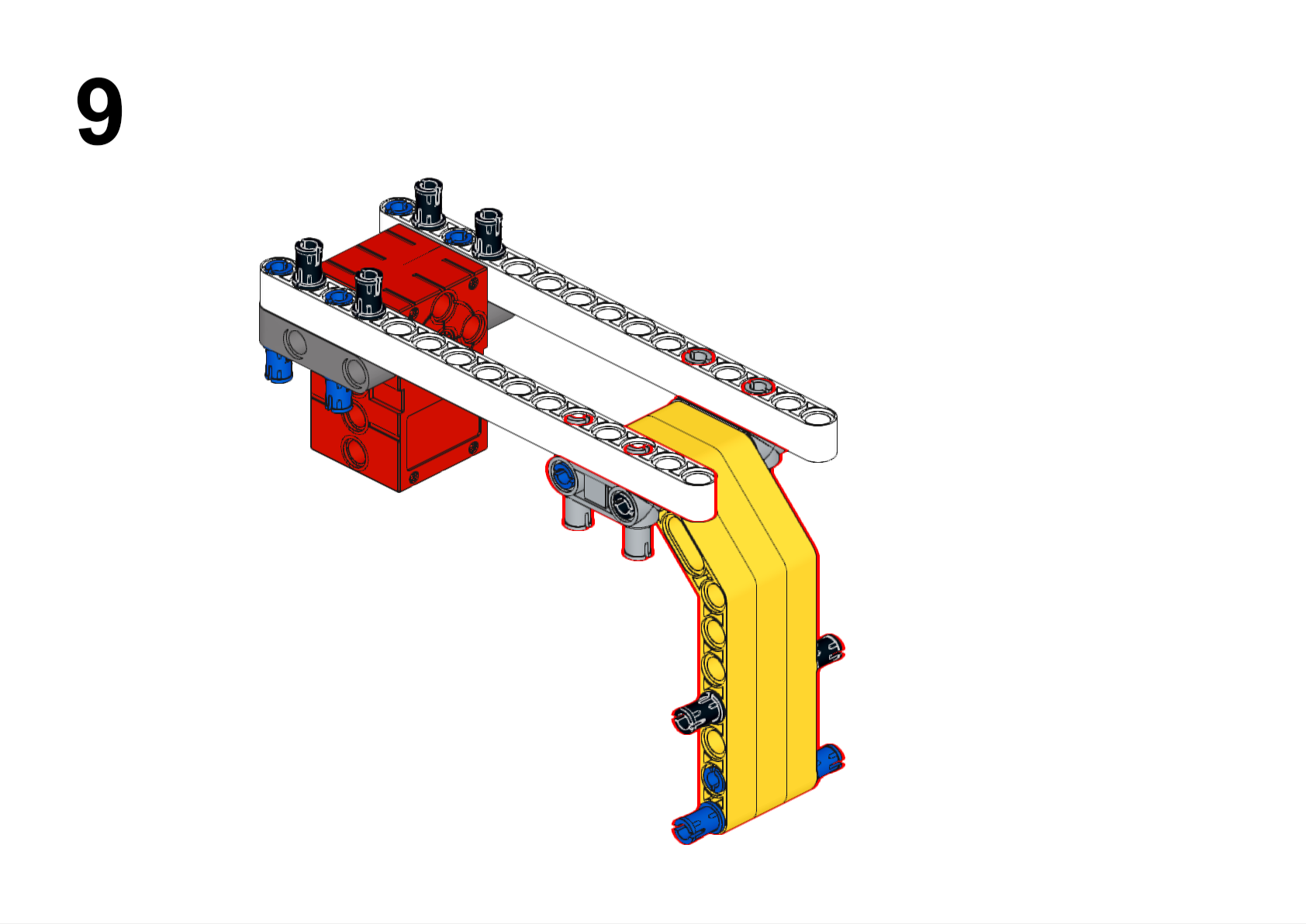
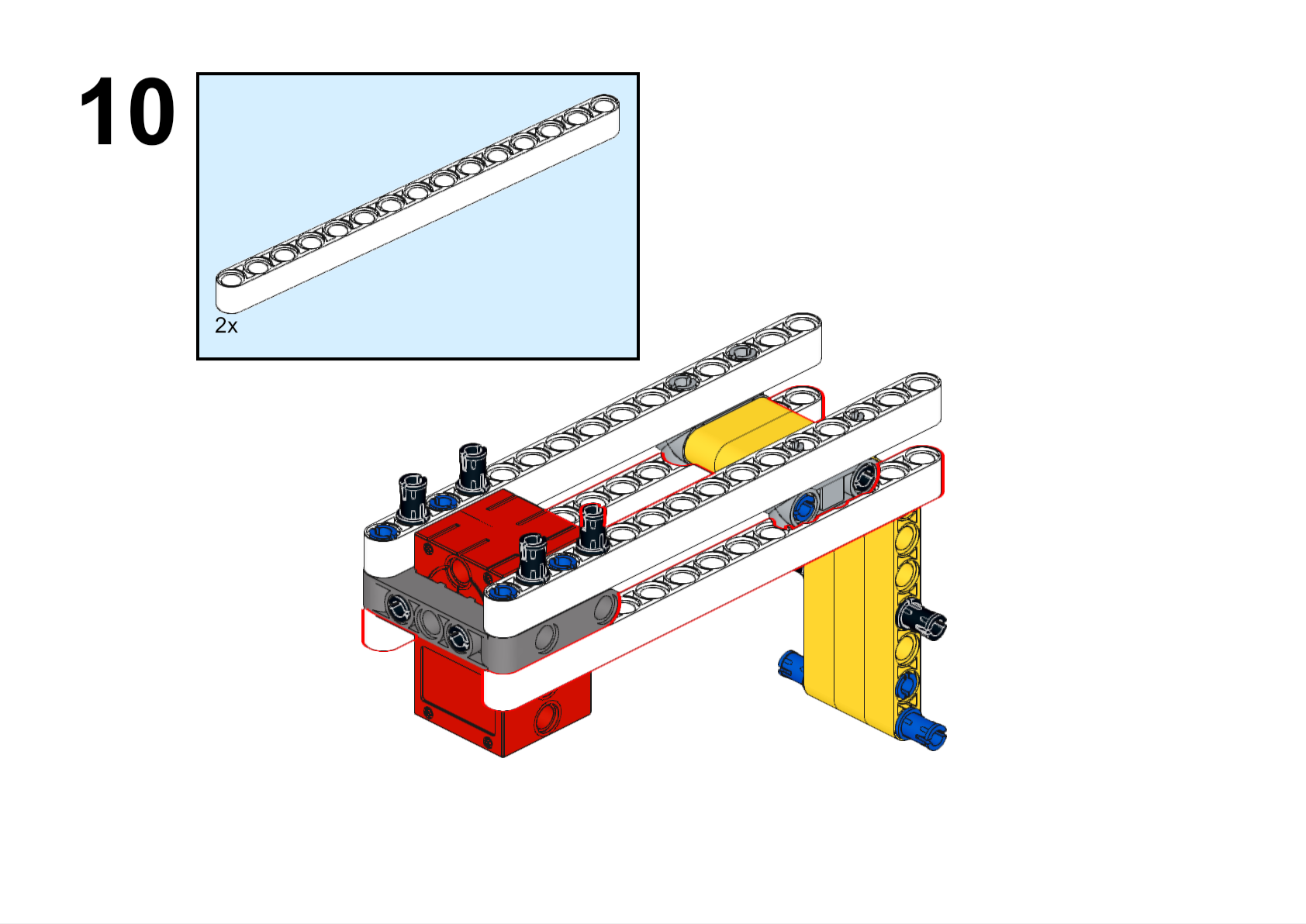
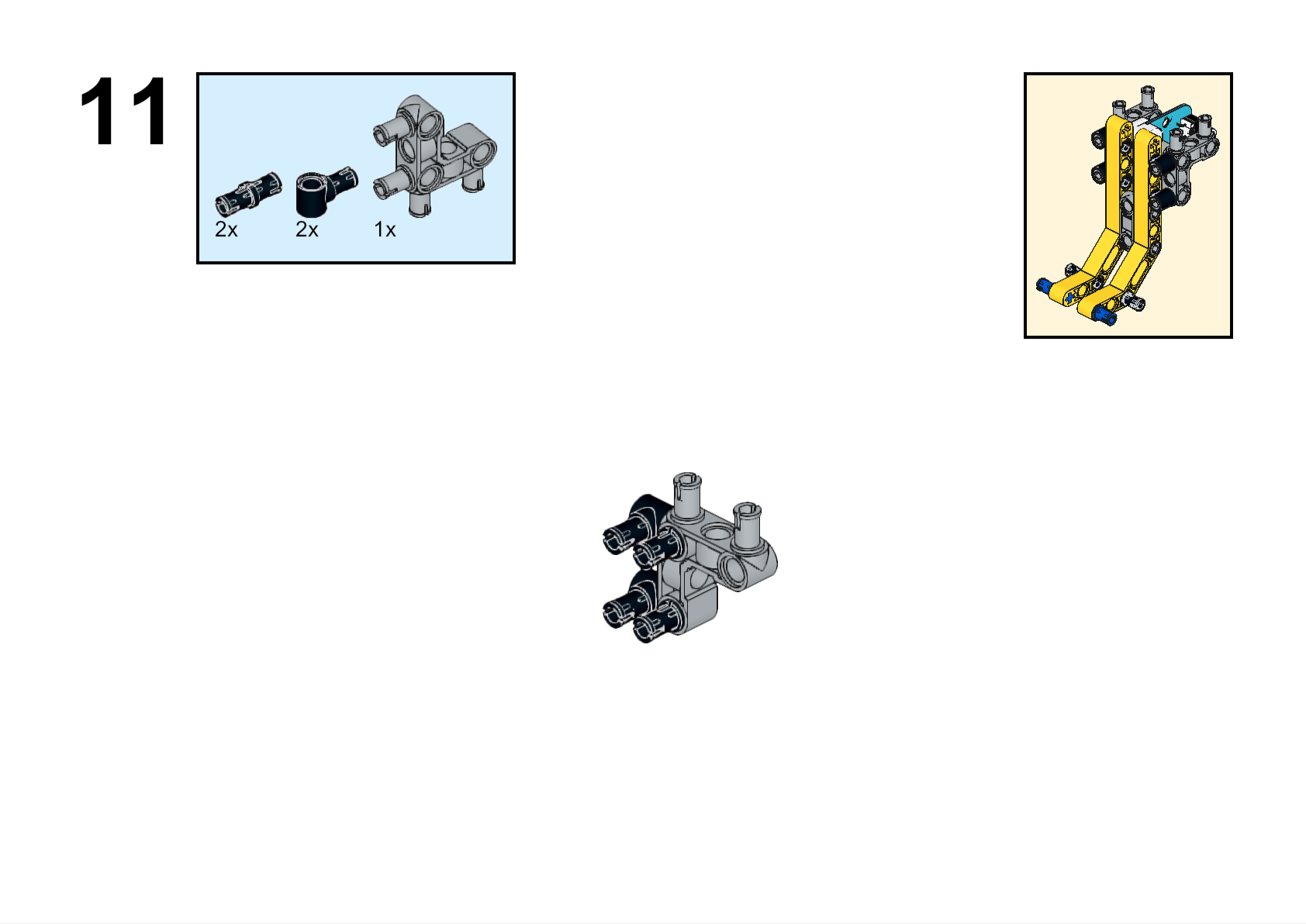
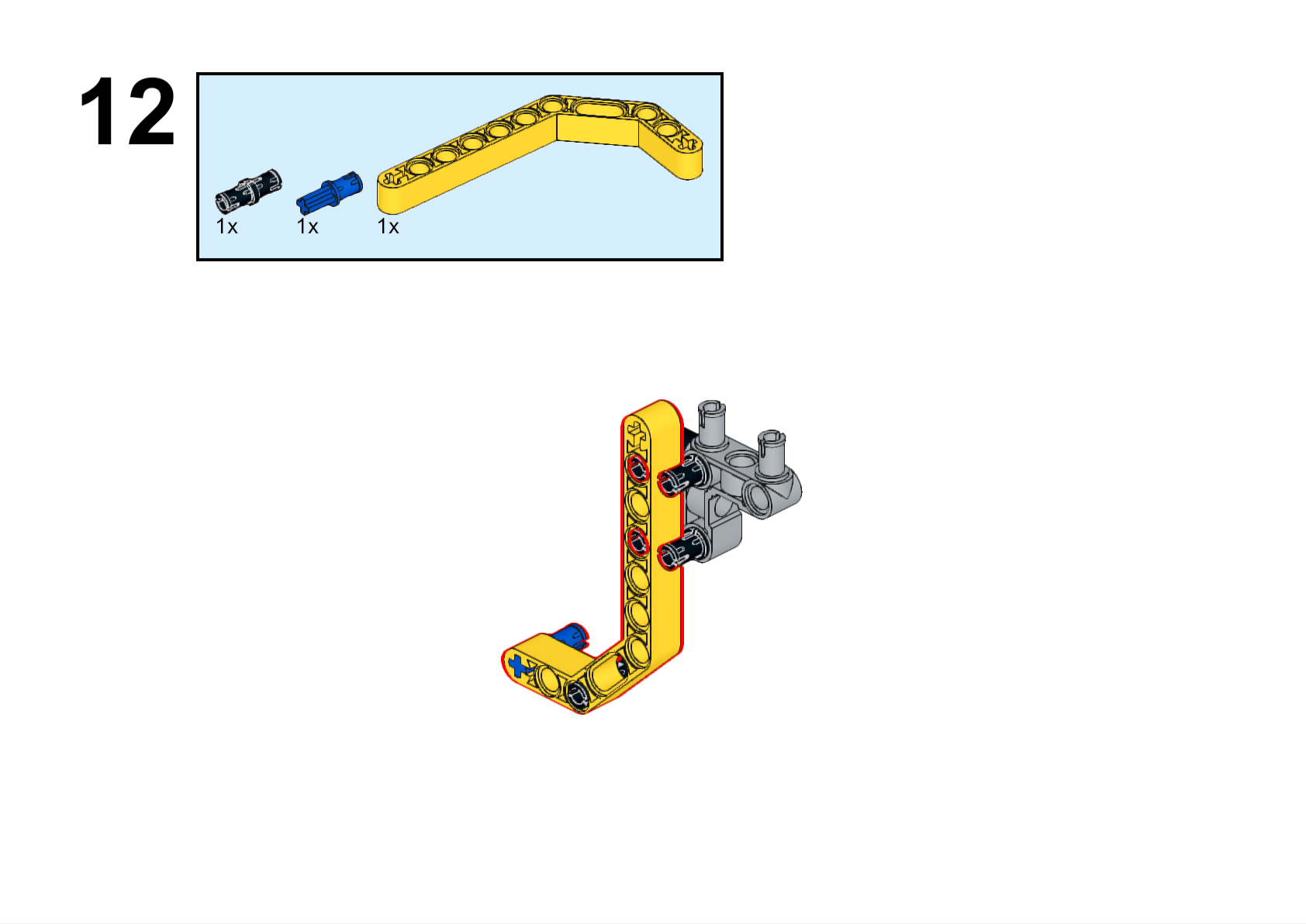
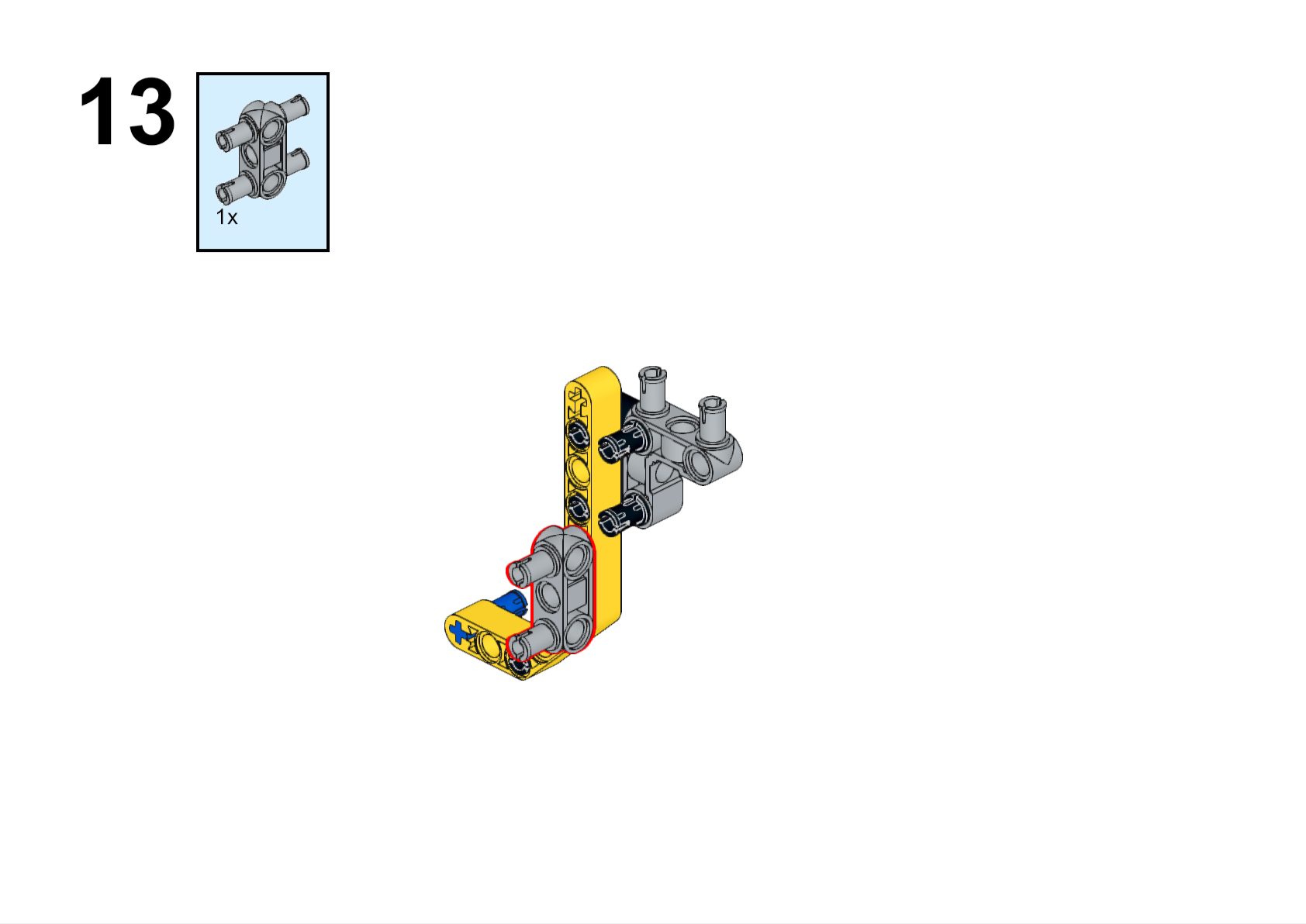
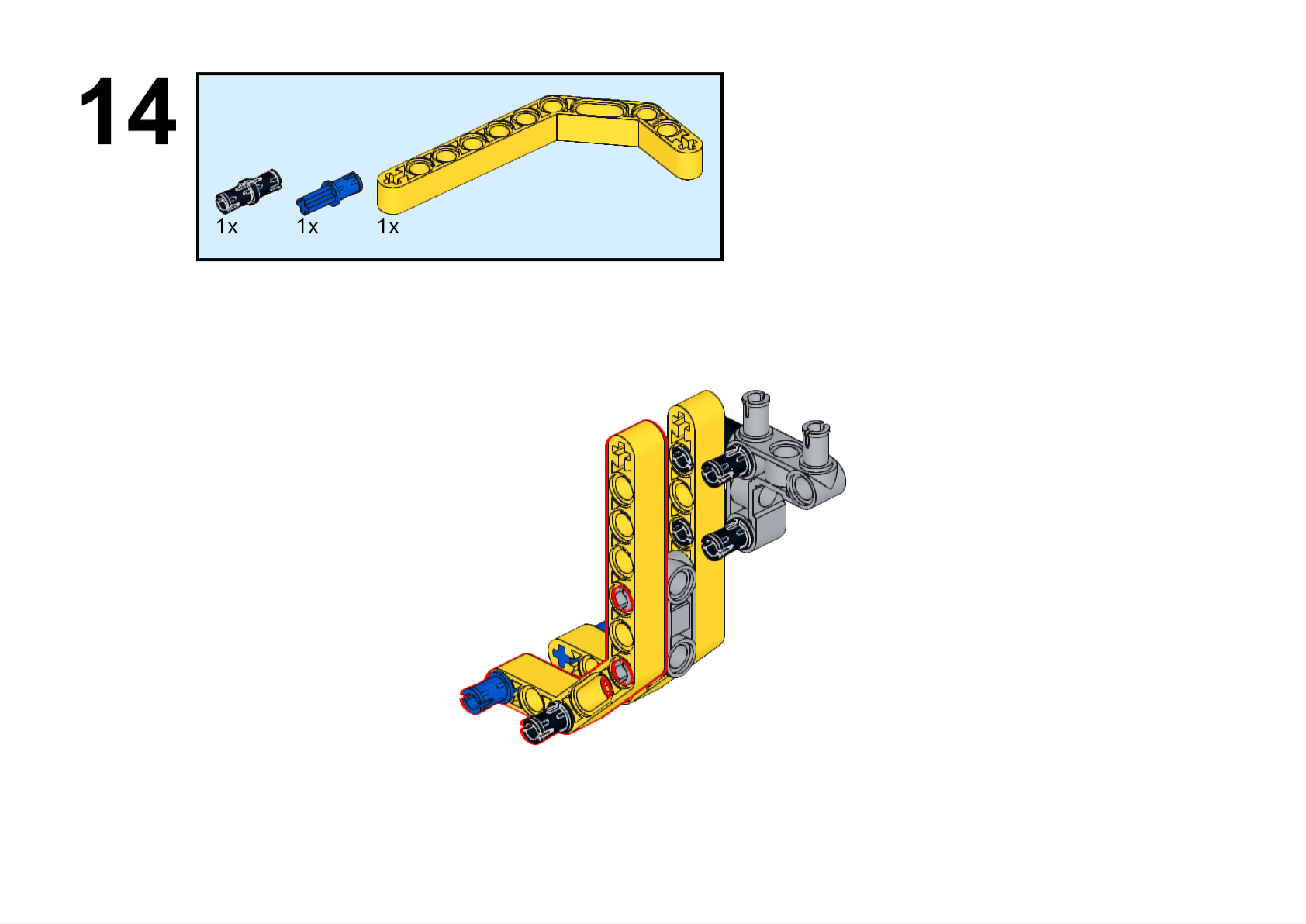
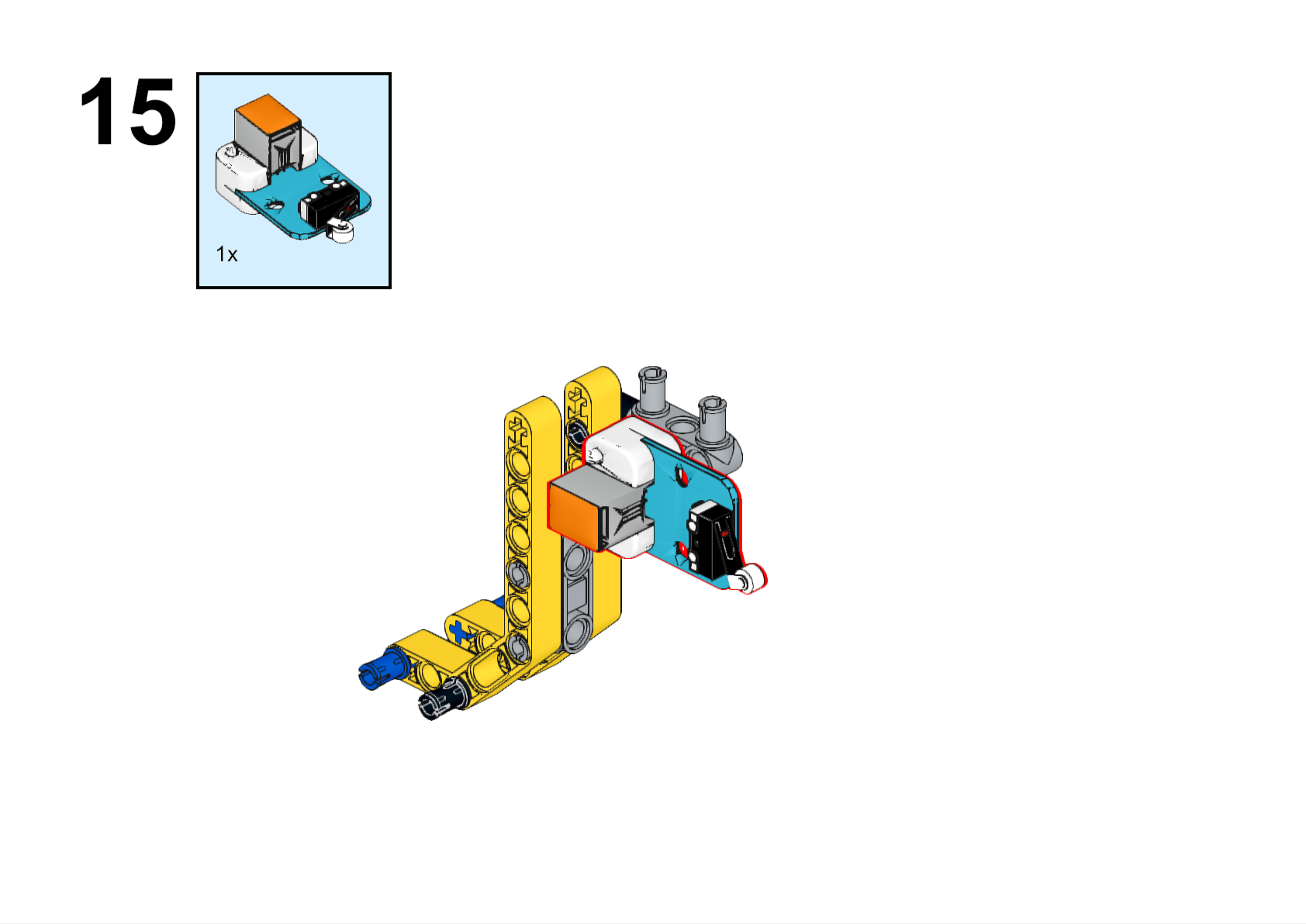
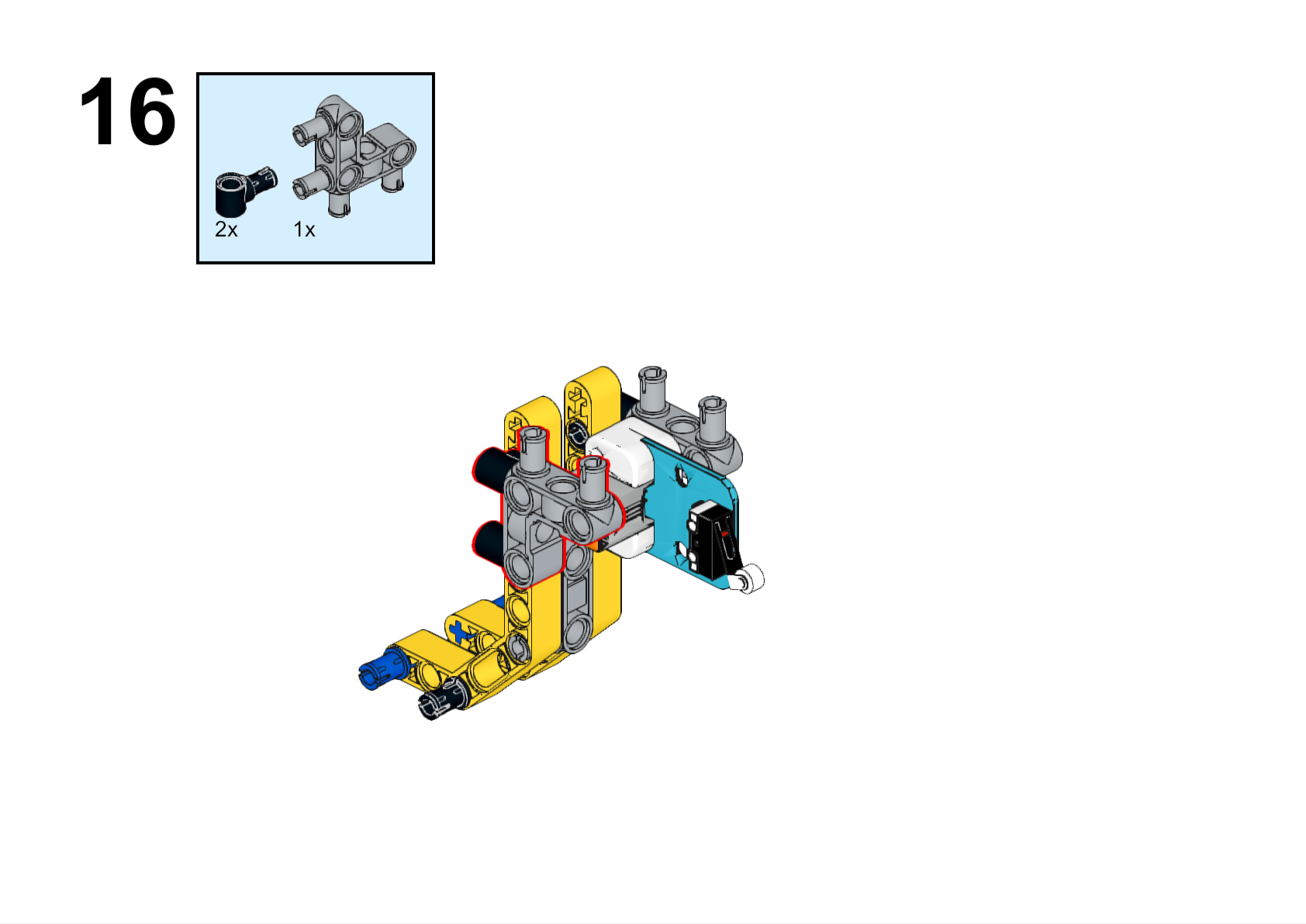
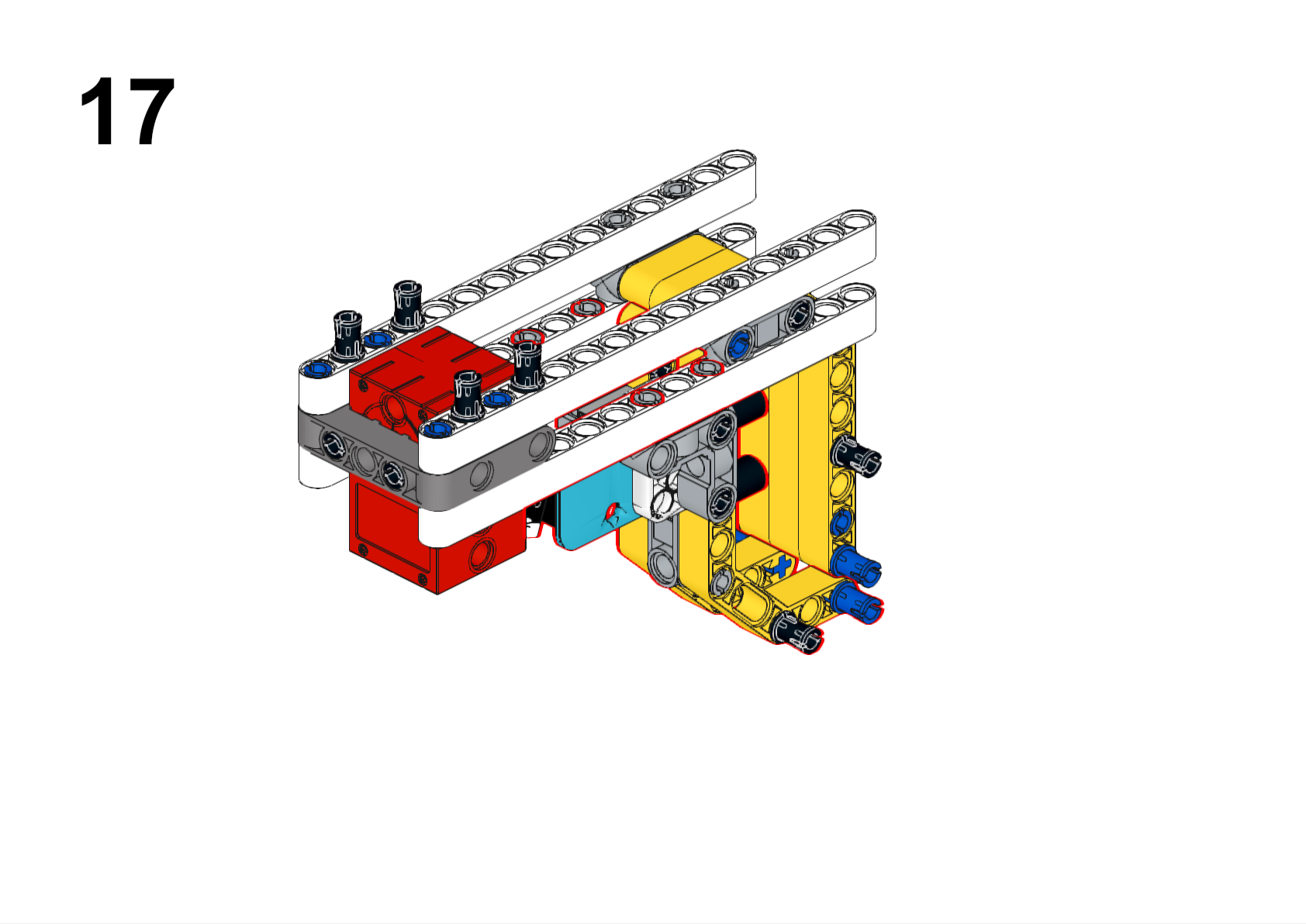
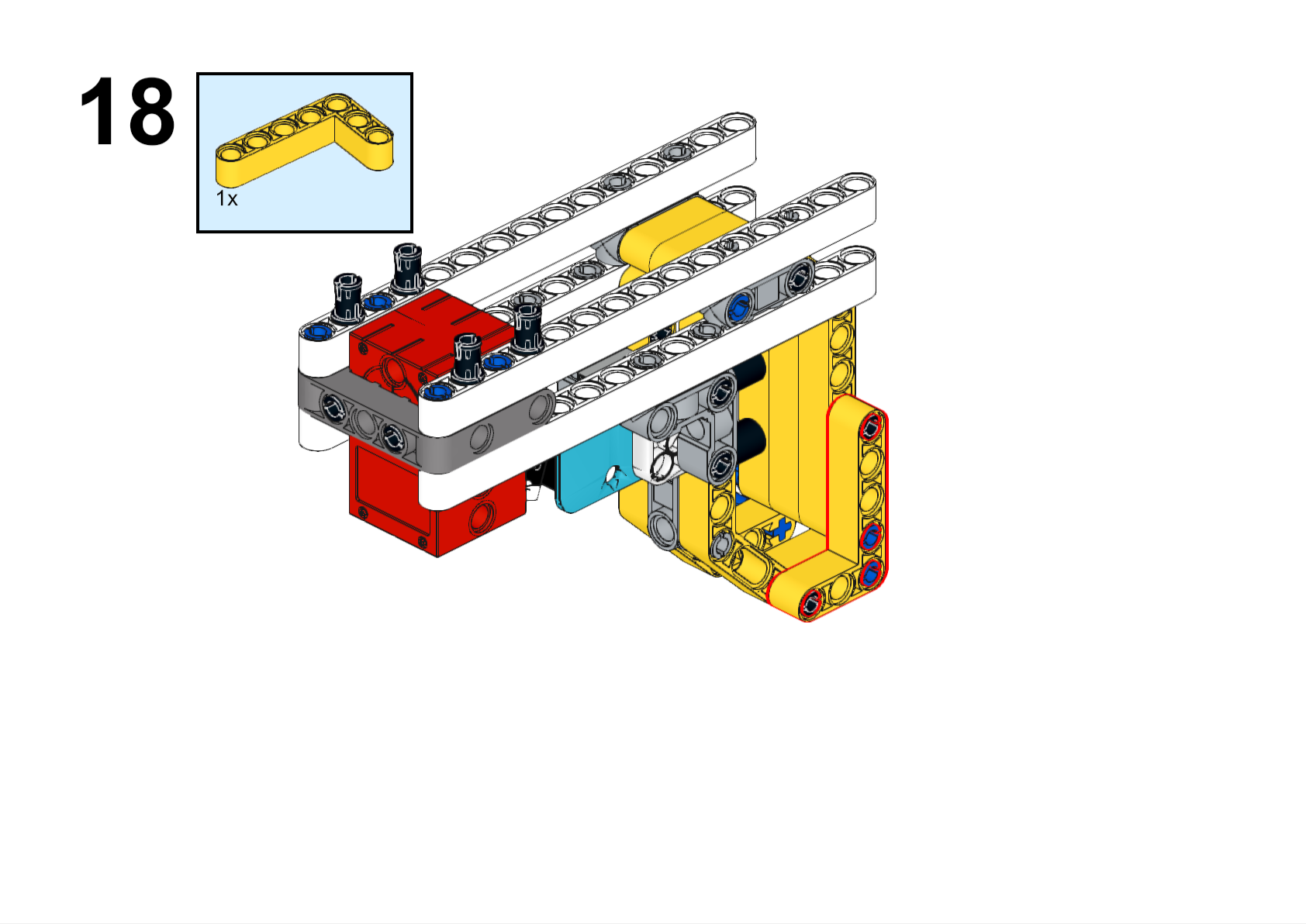
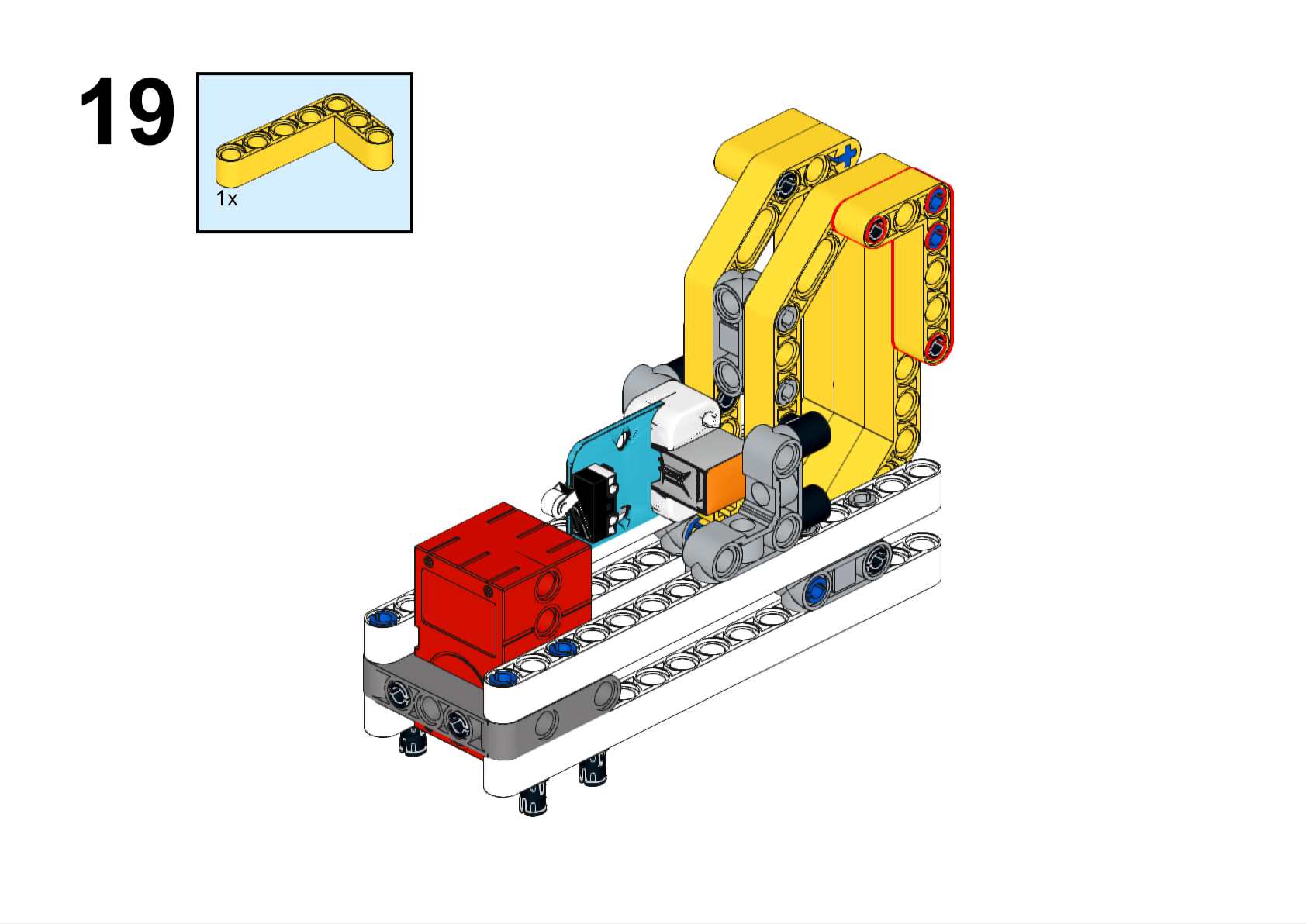
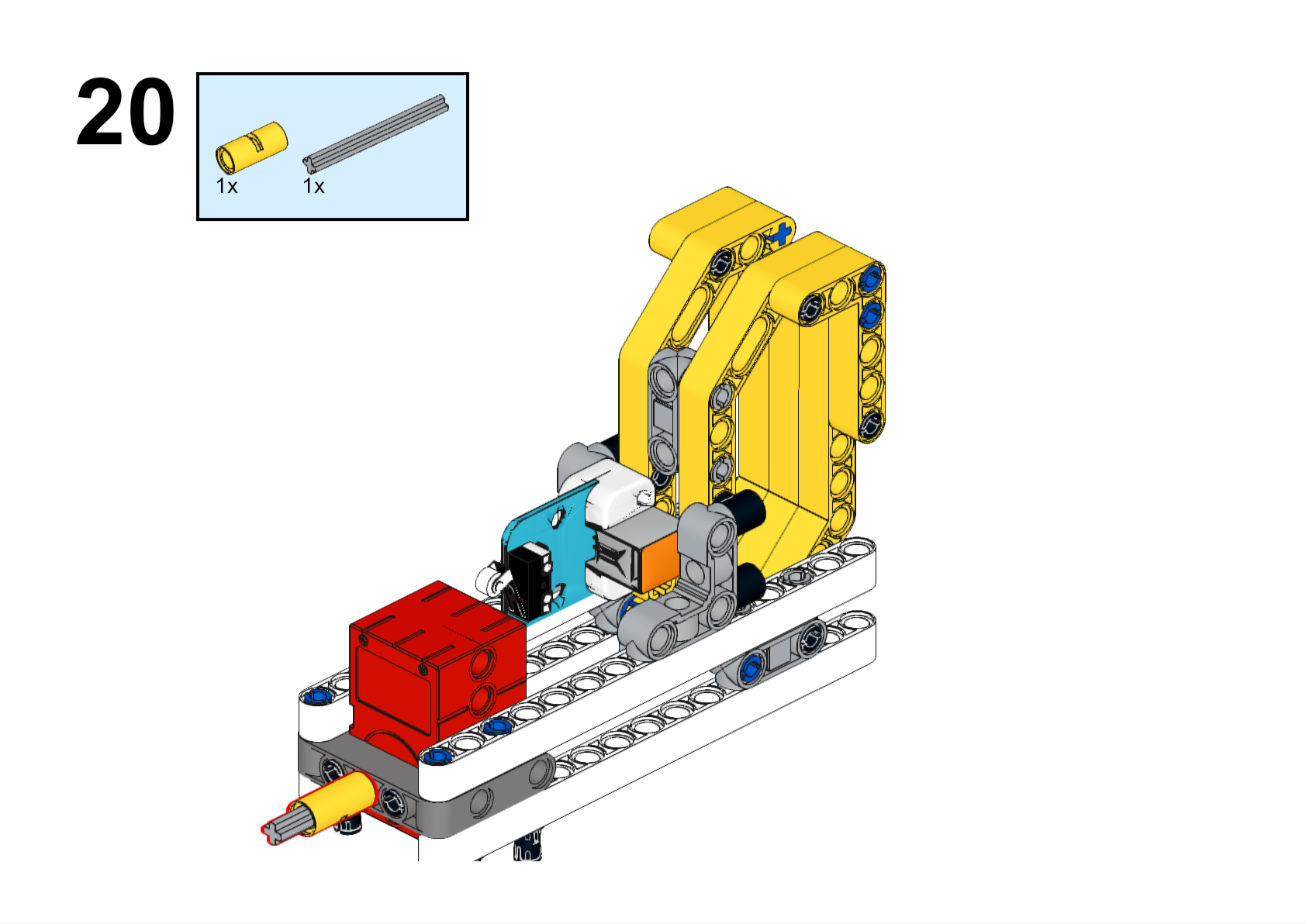
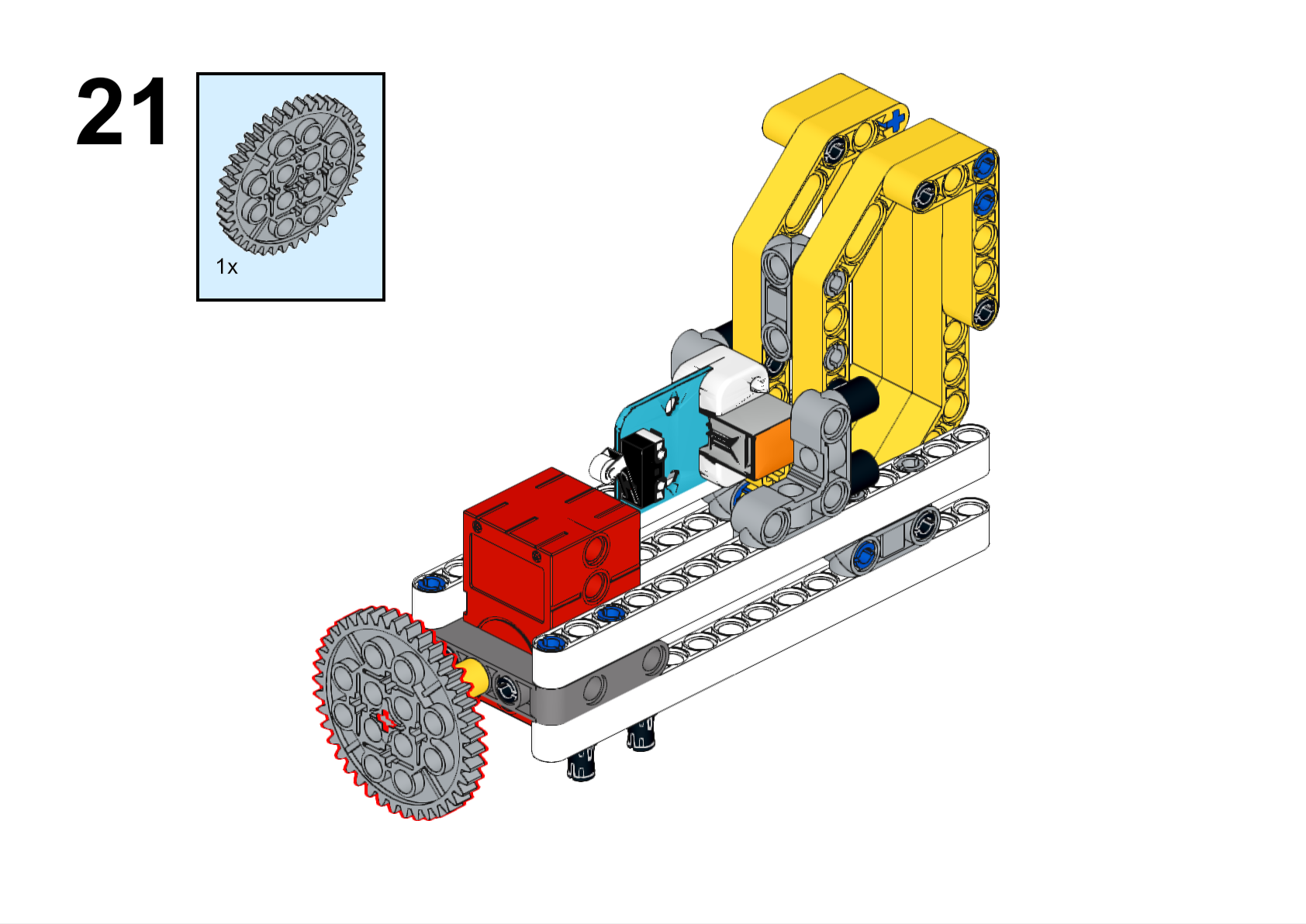
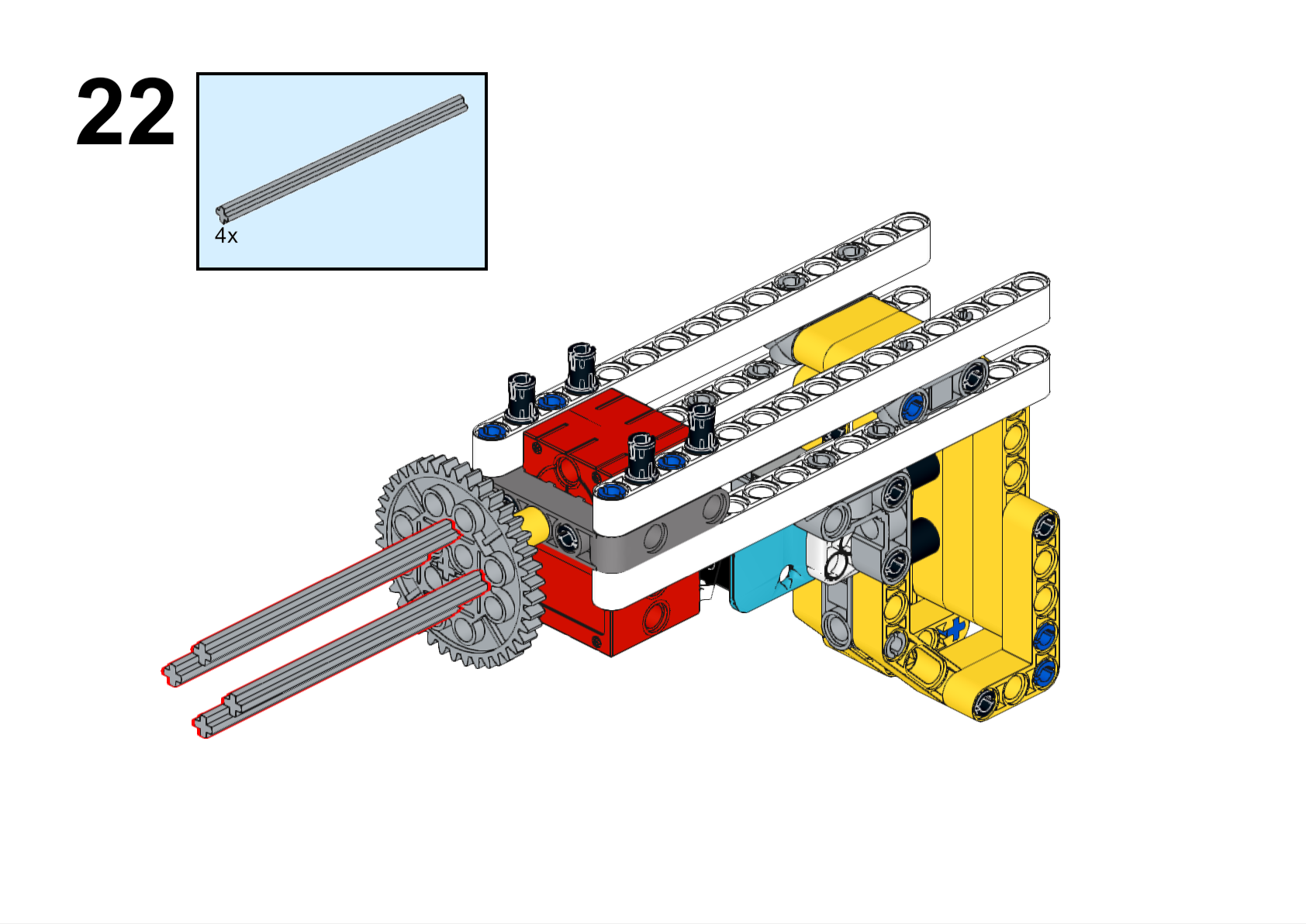

Completed

Hardware Connections
Connect the crash sensor to J1 and the motor to M1 on Nezha expansion board.
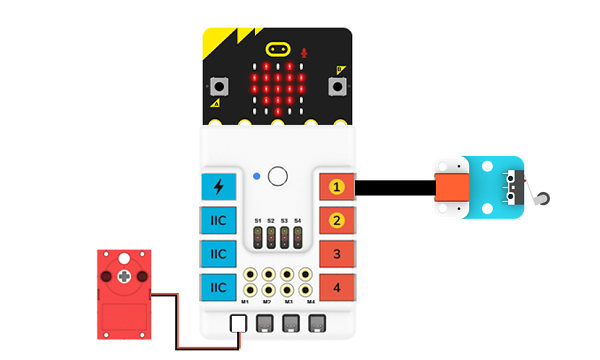
Programming
Go to makecode
Create new projects
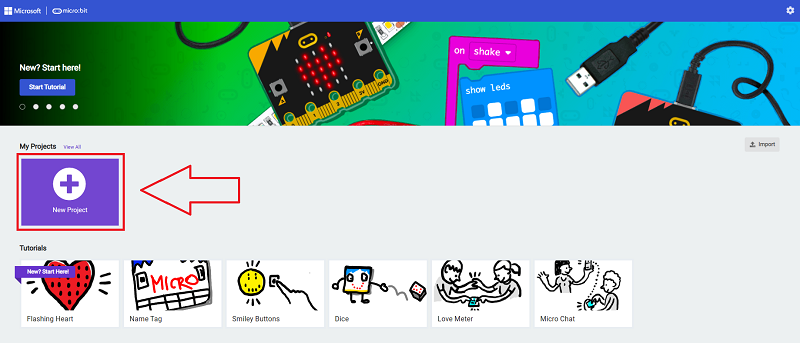
Click extensions
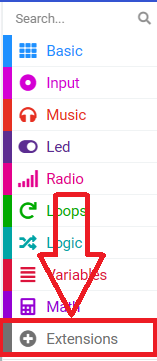
Search with PlanetX to download the package.
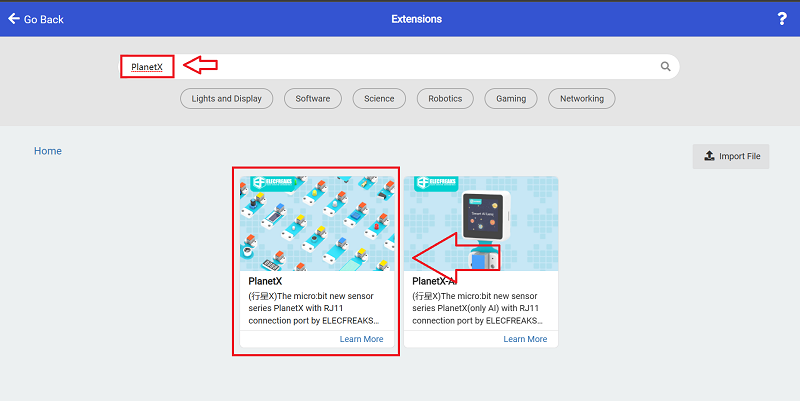
Search with nezha to download the package.
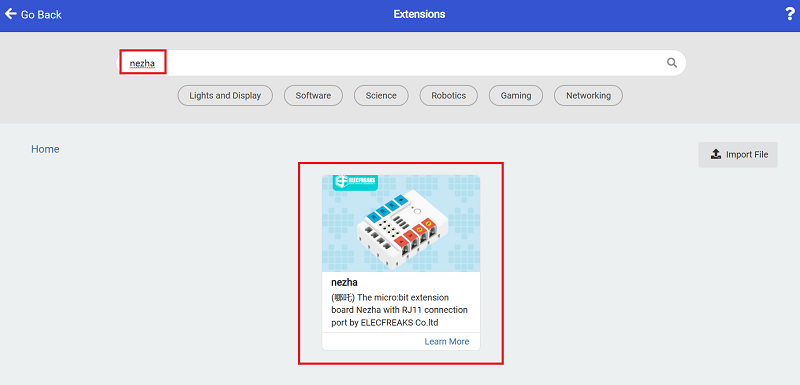
Code
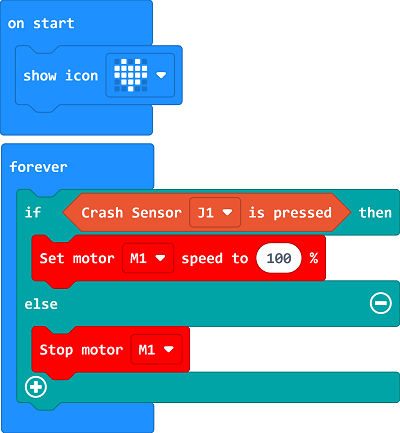
Link: https://makecode.microbit.org/_4pvKroATsiao
You may download it directly below:
Demonstration
Present in groups and compare the results and effectiveness of each group.
Result
Start the device by pressing the crash sensor and release it to stop.
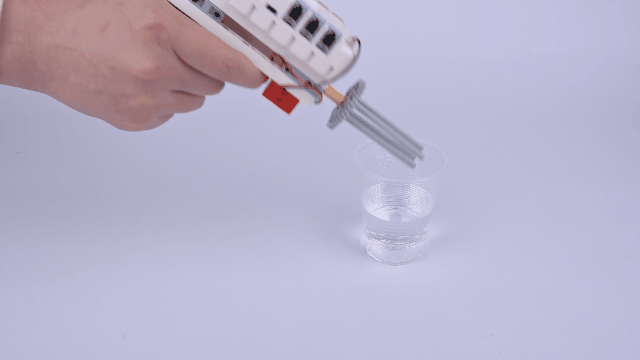
Reflection
Share in groups so that students in each group can share their production process and insights, summarise the problems and solutions they encountered, and evaluate their strengths and weaknesses.